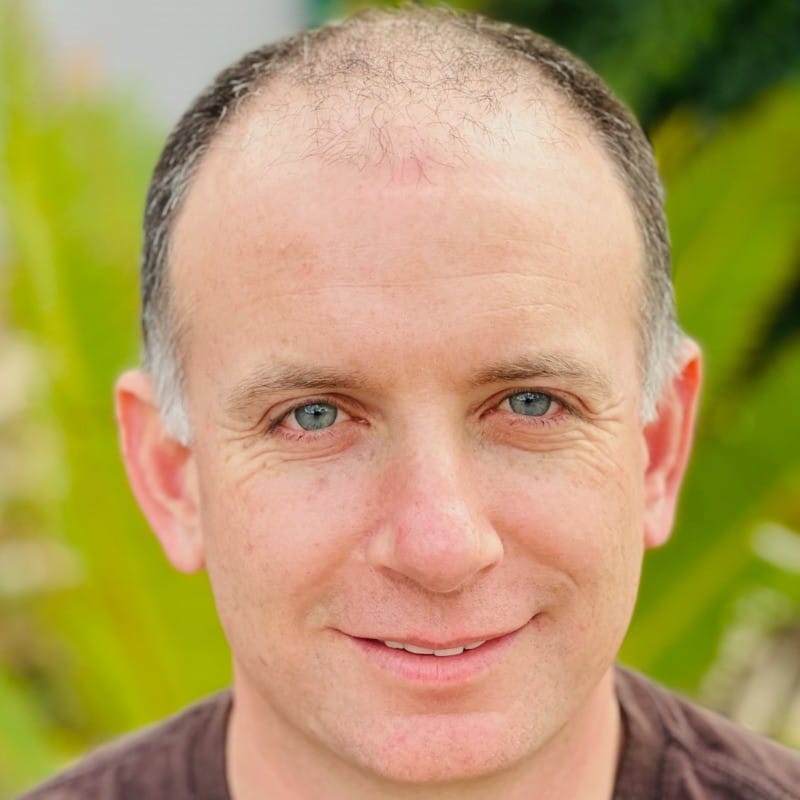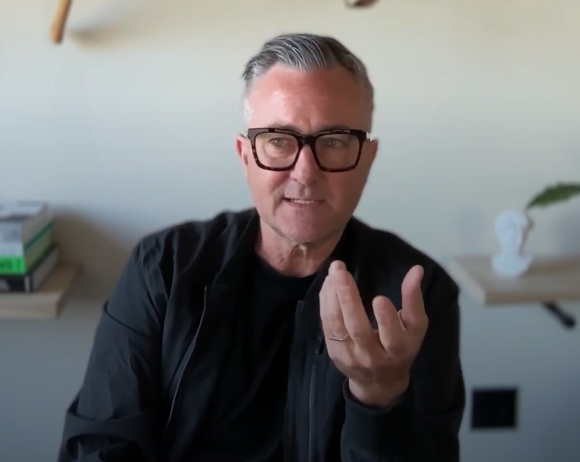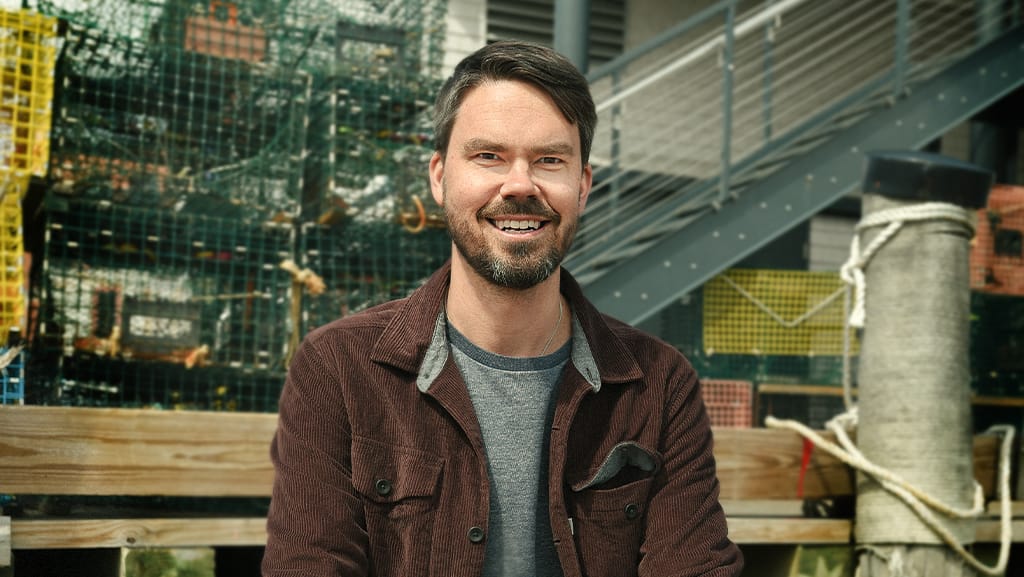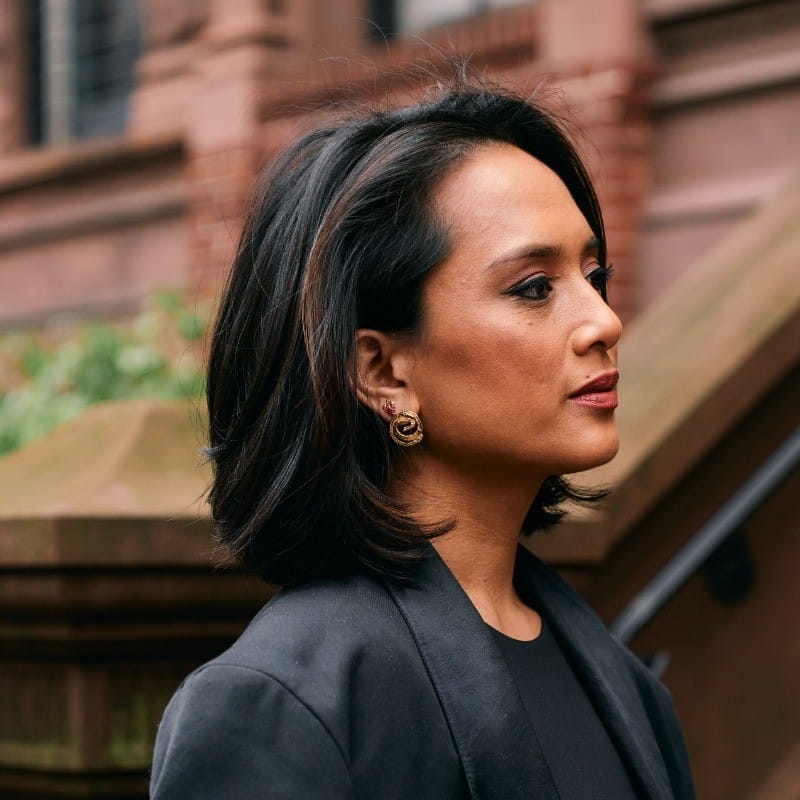A man standing in front of his closet mirror, electric razor in hand, head half-shaved, and no socks on. He's getting ready for a party when the phone rings. On the other end, a USDA scientist asks, "Are you sitting down?"
Join Bora Celik as he chats with Adam Pearson, the Co-Owner of Fortunato Chocolate.
Watch/Listen: YouTube | Apple Podcasts | Spotify | RSS Feed
This is how the Pearson family learned they had accidentally discovered an extinct variety of cacao, once considered the finest chocolate-making bean in 19th-century Europe.
But let's back up. How does a family with no chocolate experience stumble upon one of the most significant cacao discoveries in recent history? It started with bananas. And a gold mine.
In 2001, the Pearsons supplied hydraulic hoses, nuts, and bolts to the world's largest gold mine in northern Peru. They raised their hands when they heard the mine's cafeteria needed someone to source bananas from the jungle. Mountain locals wouldn't venture into the hot, wild jungle – but the adventurous Pearsons would.
"We were meeting up with a local government person who wanted to push cocoa beans in the region," Adam Pearson recalls. "She took us out to this area where there was bananas, but where there was also a lot of cacao."
That's when they met Novae Vasquez, a local farmer who would become their future business partner. "You guys want to see something special?" he asked one day, leading them to a secluded orchard. He cut open a cacao pod and showed them something unusual – white seeds inside instead of the typical purple ones.
Intrigued, Adam's father cold-called the USDA. He ended up speaking with Dr. Lyndel Meinhardt, head of the genetics testing lab. They sent leaf samples from trees throughout the northern Peruvian jungle for testing.
The results? Extraordinary. Among their samples was a 99.99% genetic match to Nacional Cacao, a prestigious variety thought extinct for a century. It was growing on the farm of a man named Fortunato Colala.
"My dad just put his hand in his head and said, 'All right, well, guess we're gonna start a chocolate business,'" Adam remembers. At the time, Adam was working as a payroll accountant at the Department of Defense. "I said, 'That's awesome, Dad, let's do it.' Then I hung up the phone and looked around my cubicle thinking, 'Dang it, I still work for the Department of Defense.'"
The next two years were a crash course in chocolate making. Adam's father, at 67, invested his life savings. His brother moved to the jungle to oversee operations. They renovated an abandoned rice mill, fighting back a 50-foot mountain of rice husks threatening to collapse one wall.
But making chocolate isn't just about finding rare cacao. Their first year of production yielded disappointing results. Through trial and error, they discovered a crucial missing step in the fermentation process.
"When you ferment cacao, you create vinegar and alcohol," Adam explains. "If you take the cocoa beans directly from fermentation and put them right out on the dryer beds, a lot of vinegar and alcohol gets trapped inside the shell."
The solution? A "pre-dry" step – letting the beans rest for a day in a cool, dark room before sun-drying. This simple but crucial discovery transformed their product from mediocre to extraordinary.
It's a story that proves sometimes the biggest opportunities come disguised as weird-looking fruits in unexpected places. You might find them while searching for bananas in the jungle or receive news about them while shaving your head for a party.
The question is: When your moment comes, will you recognize it? And more importantly, will you have the courage to pursue it – even if it means venturing into territory as unfamiliar as the Peruvian jungle?
Help build the opportunity economy for creators and brands. Request your invite at collabs.io



